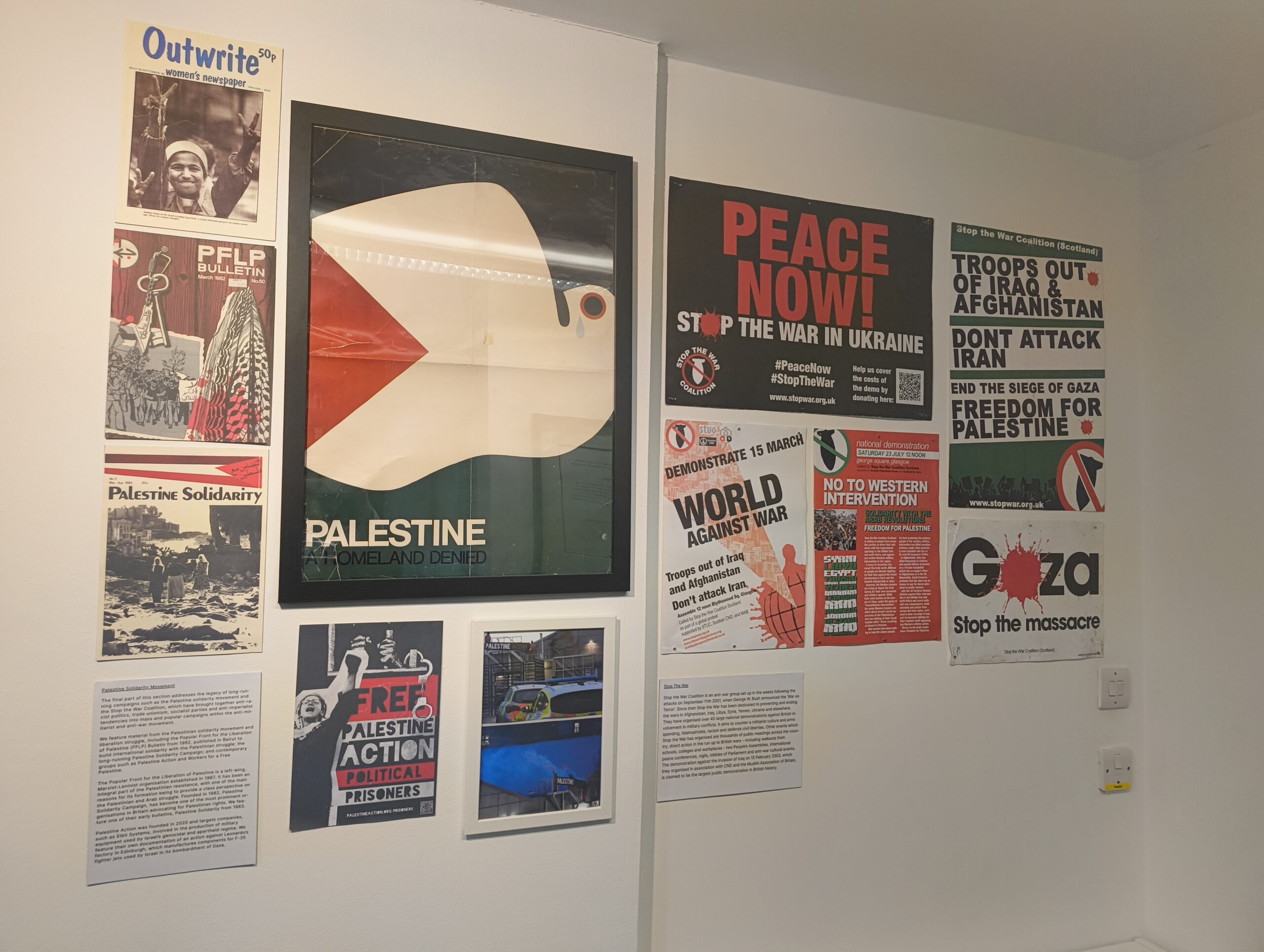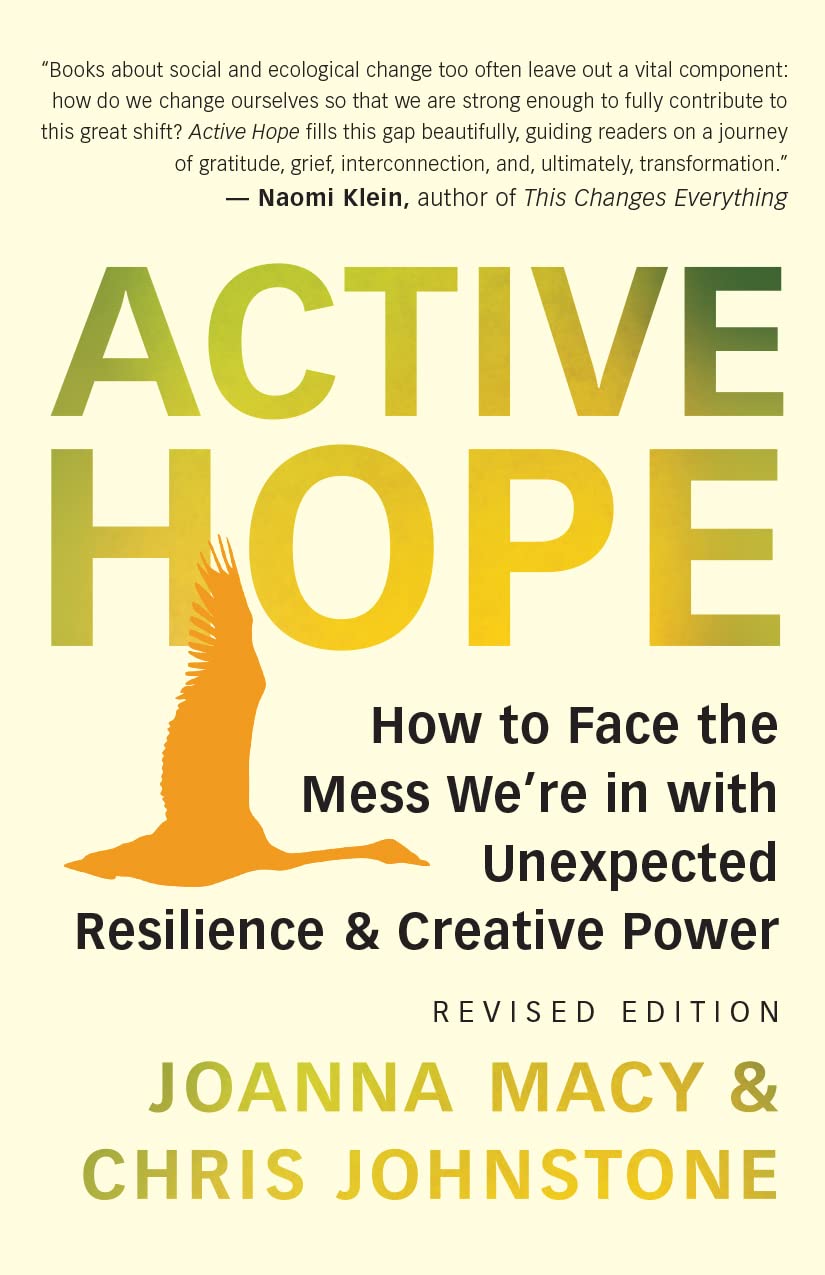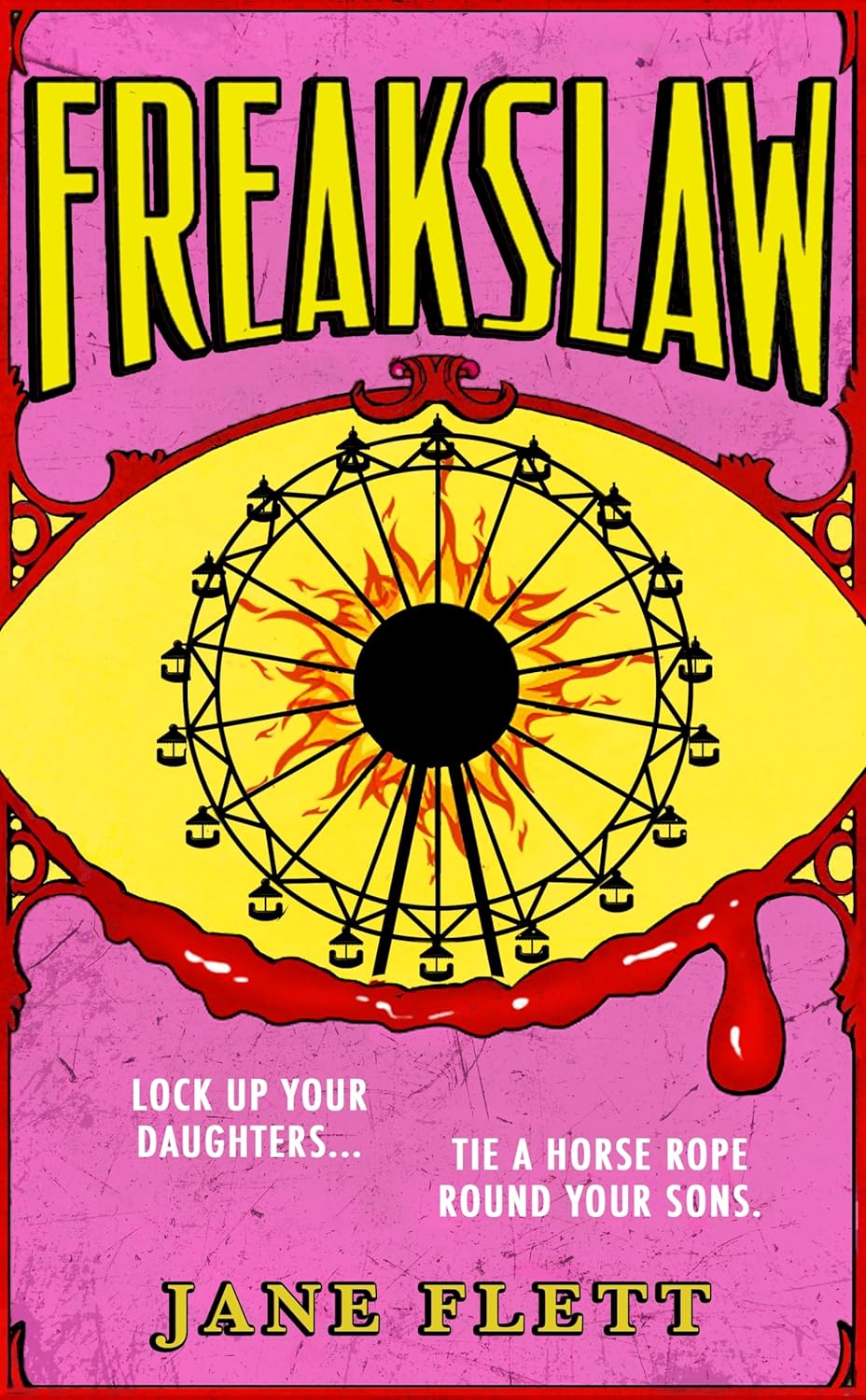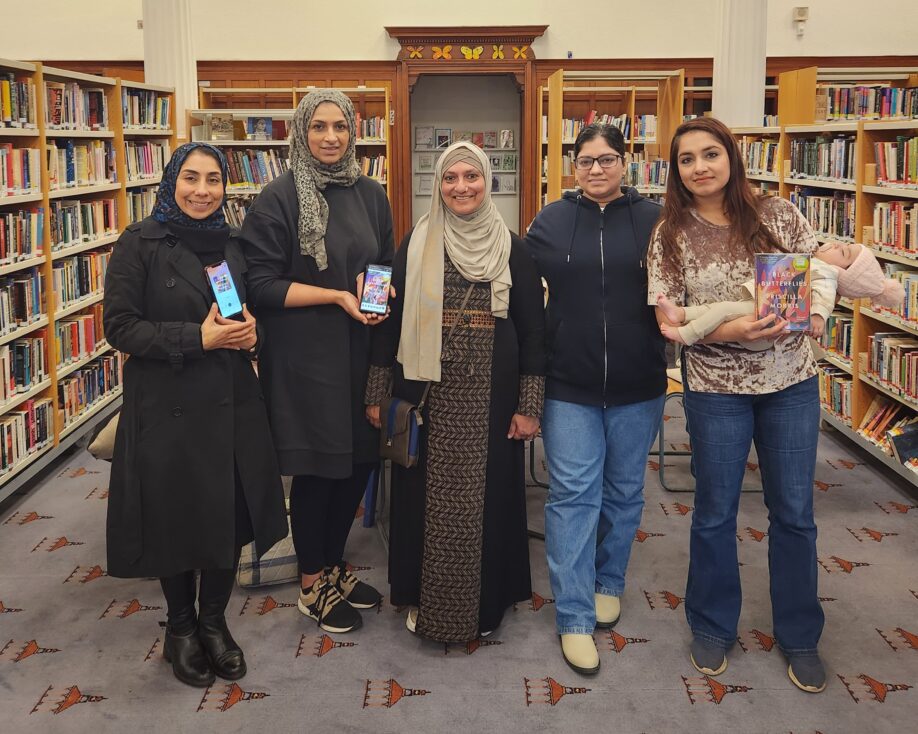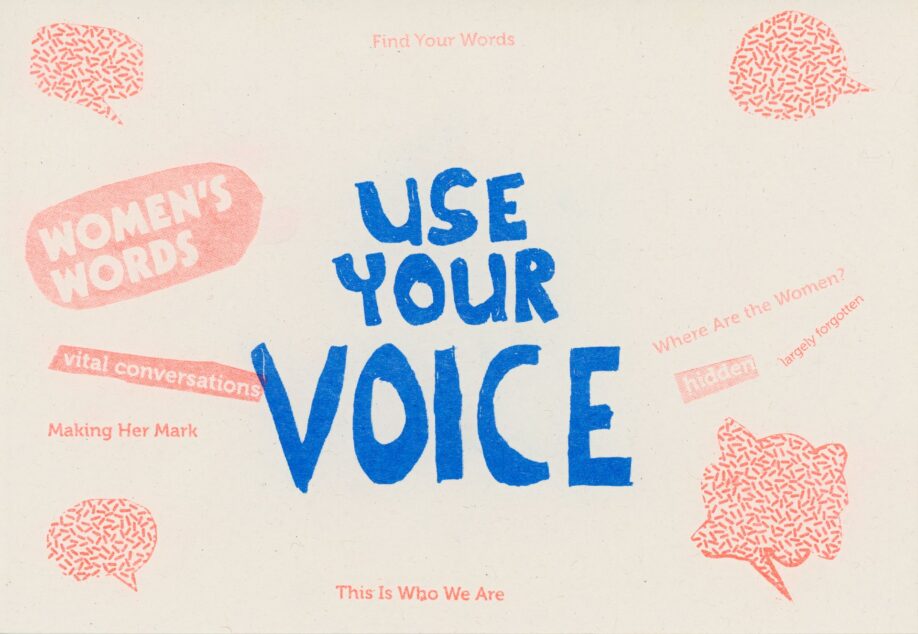This blog is part three of four blogs looking at Yoko Ono’s art practice and its connections with GWL
Where works like Arising and Cut Piece make for difficult and compelling viewing it’s important not to underplay the humour and joy in Ono’s genre defying career. Alongside the Greenham women, freeing geese, dancing on siloes and getting dressed up as teddy bears, Ono shares a commitment to imagining otherwise with humour. Rehearsing Audre Lord’s famous sentiment in 1984 that ‘the Masters tools will never dismantle the master’s house’ Ono states
‘I like to fight the establishment by using methods that are so far removed from establishment-type thinking that the establishment doesn’t know how to fight back’ (Music of the Mind, p125)
Her banned Film No.4 (bottoms) is a great example of this, described by the artist as an ‘aimless petition signed by people with their anuses’, the film, featuring people who represented the London art scene at the time, is a petition for peace, countering the seriousness of men at war and in denial of their own vulnerabilities. Her self–published writing on the piece also confirms her thinking around art and participation opening up the ‘terribly aristocratic’ film world to the idea that ‘anyone can be a director’ (part of a self-published text in a London film programme, 1967).
Ono’s thoughts on destruction are also telling when thinking about her aim to be far removed from establishment type thinking. Speaking at the Destruction in Art Symposium (London, 1966) she declares an interest in the workings of the mind rather than the destruction of the object, mentioning that although you might destroy the object it’s hard to remove it from a person’s thoughts and imagination. Her talk includes a story about a Monk who burned down a recent and well maintained temple so that it would remain pristine and in perfect condition in everyone’s thoughts. In contrast to physical destruction she mentions other quieter forms ‘I really don’t know what destruction means and what it does to you, except that there are many quiet destructions that are taking place that I think is true destruction, such as forgetting, dreaming or simply thinking, maybe’ (the full audio of Ono speaking features in the Tate exhibition)
Her anti-war interventions work like this, shifting the ground so we’re no longer fighting but forgetting old combative psychologies while thinking and dreaming of peace.
It’s maybe telling that at the end of her presentation to the symposium she reads the work Hide-and Seek-Piece
Hide until everybody goes home/ Hide until everybody forgets about you/ Hide until everybody dies
Listening to this, its striking that for being one of the most famous artists of our time she is also always somehow escaping. In a sexist and misogynist media landscape that has consistently tried to fit her into stereotypes around race and gender, she has proved hard to pin down. Rather than disputing accusations Ono prefers to both disappear and reshape expectations. As early as 1971 this intention and the humour it contains is clear in the work Museum of Modern (F) Art which saw her propose to release a container of flies, the same volume as her body, saturated in her perfume, for audience members to search for, smell and document. In this as in many cases participation and sharing is half the work. Writing about her work Half-A Room (get details) Ono seems to confirm this saying ‘Life is only half a game. Molecules are always at the verge of half disappearing and half emerging. Somebody said I should put half a person in the show. But we are halves already.’
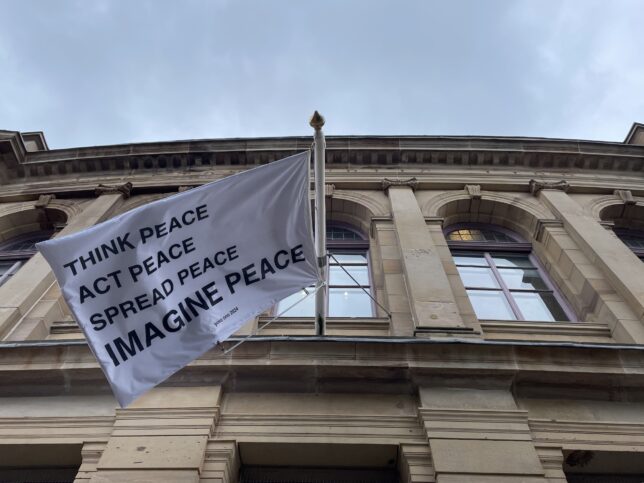
As well as flies which along with flight are reoccurring motifs in Ono’s practice shadows are also important. Looking at a sketch on a postcard made by Ono in 1991 called Me and My Shadows we can see a cone with three very different shadow shapes next to it. Together the accompanying shapes show the variation that comes from light falling from different angles. Eerily, given her history, it would be easy to write about shadows in relation to nuclear disaster, yet this and other works invite a different reading. Her works are traces of things that take different forms in different places. In the case of the sketch the form she uses, a postcard, suggests her ability to present things from a distance. She negotiates a social world that has consistently misrecognised her by holding it at a distance. And yet her work also suggests a re-emergence in a more collective form. Entering the exhibition at the Tate we are greeted by the sound of Ono’s voice on a telephone. On repeat we hear ‘Hello! This is Yoko’ an intervention that plays with the immediacy of her voice, relaying a moment that travels not only over distance but also through time as a grainy recording. Proving that even in distance she is able to be present for us, negotiating and reforming the traces of herself in dialogue. Tracing different shadows from her place in the light and inviting us to do the same.
To find out more about Yoko Ono’s work in GWL read the next blogs and/or visit GWL where you can see artworks by Yoko Ono until the 31st of August.

